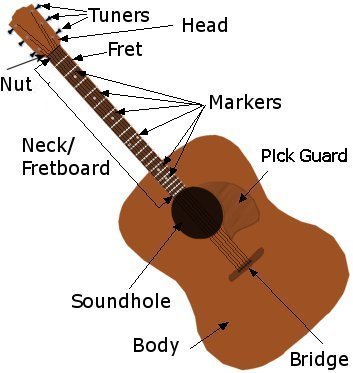Options
Selected Chord:
How did you create this?
ChatGPT helped me with the initial code. I took that and ran with it. This is an exploration of a new blog post I will write about inertia and activation energy.
Once ChatGPT gave me an initial Svelte component, I could see how I could create the form options for the notes. ChatGPT was terrible at coming up with the position and fingering, so I consulted a different source for that.
I copied a JSON dictionary of chord from a gist from Greg Schoppe, which I found through his blog post. His dictionary included most common chords from a standard guitar tuning (EADGBE). Each chord is described by its fret positions and fingers. Each position may contain variations on fingering, separated by semicolons.
With that data source, I was able to parse it for what the notes were, as well as the different options.
After I got an initial table down, I worked on creating the fretboard in SVG. ChatGPT gave me an initial scaffold, which is great when you don’t want to figure out which variables you will need (e.g. string spacing, width, and height).
It was extremely basic at first, like the following.
There weren’t enough frets. 6 including the initial fret. It needed 21. Plus, there were fretboard markers that make it extremely helpful. I looked up an initial image of what a fretboard looked like to help me with the visual representation.

I also looked at another tool called All Guitar Chords to see how they represented the fretboard. The impetus for this project was to have my own and understand different music theory concepts that are more advanced.
I got ChatGPT to add those markers, as well as extend the fret to 21. It also drew the initial dots for the fingering and position combinations. It wasn’t very clear though how it fit in my dataset, so I had to re-work it to read the updated data structure. While ChatGPT is very well equipped to do this, it felt like more energy to explain it to ChatGPT as I knew what to do.
ChatGPT is a great launching pad, but terrible at finishing. You have to continue prompting, and there gets a point where prompting no longer is as effective as telling my brain to code.
What I’m playing with is this idea of getting an initial prototype down, then playing with that prototype and work from there. When there are more features to create, I’ll go back to ChatGPT as needed to help me scaffold and adjust. The fine line is when do you stop prompting for adjustments and making your own changes.
Another point I want to make is exercise helps me practice coding with Svelte. I understand the basic syntax, but it’s harder to grasp unless you’re coding in it and running into problems, like how do I make an “else if” block? How do bound input variables change? And when do I use a computed variable? I’ve written these before, and I know they exist. Putting in the reps helps me solidify that knowledge.
Future Endeavors
- Fingering variation. I’m only rendering the initial fingering. I need to figure out how to split this up further in the form beyond changing variations.
- I’m using hookpad from HookTheory to help me with those options. Time to brush up on my Music Theory.
- Make it more mobile friendly
- Redo the options. I want to make sure they make more sense than the cryptic symbols like ”+” and make sure it’s clear for major, minor, 7th, 9th, etc. chords are easier to find. Diminished, suspended, and other chord types should be add-ons